As a parent, you must have noticed your little one picking up books, trying to make sense of the words, and putting them back.
Math & ELA | PreK To Grade 5
Kids see fun.
You see real learning outcomes.
Watch your kids fall in love with math & reading through our scientifically designed curriculum.
Parents, try for free Teachers, use for free
Does that make you wonder, ‘Is my child ready to begin her reading journey?’ Well then, we will walk you through the world of reading readiness – from the signs of sprouting reading enthusiasm in your child to some awesome DIY activities to enhance that very enthusiasm!
Related Reading: Best Reading Websites For Kids
What is Reading Readiness: Nuts & Bolts
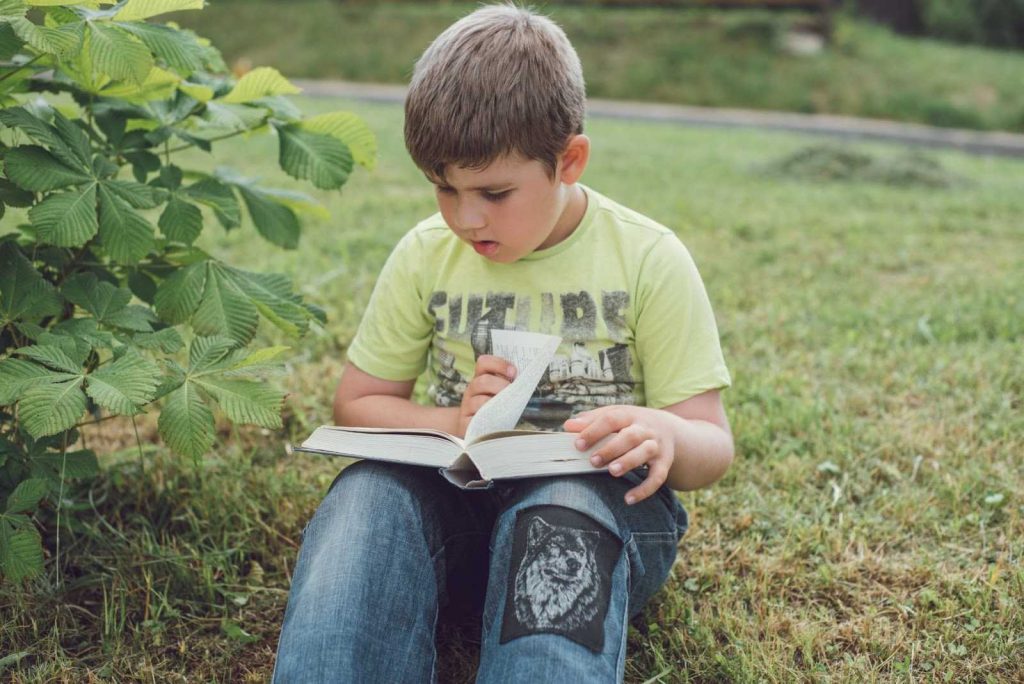
Touted as one of the most crucial phases of a child’s life, the ‘Readiness’ in Reading can be bifurcated into similar yet distinct scenarios:
- Scenario 1: Your child has turned five/six, and starts picking up newspapers, books, or even paying attention to billboards on the road. He understands most parts of the sentences and can make sense of the meanings.
He reads the text fluently and smoothly, with few halts. Moreover, he unresistingly reaches out to you for the pronunciation of certain words and asks the meanings of new words. This is what reading readiness definition looks like!
Simply put, your child is ready to begin learning how to read and is interested in bettering himself with each passing day.
- Scenario 2: Being the caretaker, you must have observed your child’s progress in reading from the very start. From learning alphabet-sound correspondence to the reduction in the halts while reading, you have seen it all. The time that your child took from grasping the reading fundamentals to finally achieving the keenness to read- this is also reading willingness.
To summarize, it is the journey of your child from learning about the letters and books to reading them on their own.
Related Reading: 6 Ways to Build Pre-Reading Skills in Kids
3 Reasons Why Reading Readiness is Important ?
‘The more that you read, the more things you will know. The more that you learn, the more places you’ll go.’ – Dr. Seuss
A Research by The Reading Agency shows that enjoyment in reading is linked to better academic outcomes and success for a child. It not only forms a positive relationship with reading but brings to the fore many benefits for a child’s overall development. Here are a few of them:
1. Supports Cognitive Development
Cognitive Development is a concoction of the development of a human’s thought process, problem-solving, and decision-making ability. When a child is introduced to reading, he begins to perceive his own world.
This strengthens a child’s brain cells, forming new ones and adding to his perception of the world around him. Consequently, with time, his attention span, language development, reasoning, and memory are greatly improved.
2. Enhances Language Skills
This might be an obvious benefit, but it goes a long way in shaping the overall personality of the child. A brain scan study shows that children who are introduced to reading at home at an early age are more likely to develop a strong word meaning sense. In the long run, it contributes to building key language, literacy, and social skills.
3. Increase Concentration
Parents often find it difficult to engage kids with reading as the little ones are always on a roll. However, when you incorporate regular reading into their schedules, you will observe the changes in their behavior. Initially, you may observe them distracted and squirming. But eventually, they will have improved concentration and discipline during the duration of the book.
Related Reading: Reasons Why Reading is Important for Kids Development
5 Signs of Reading Readiness
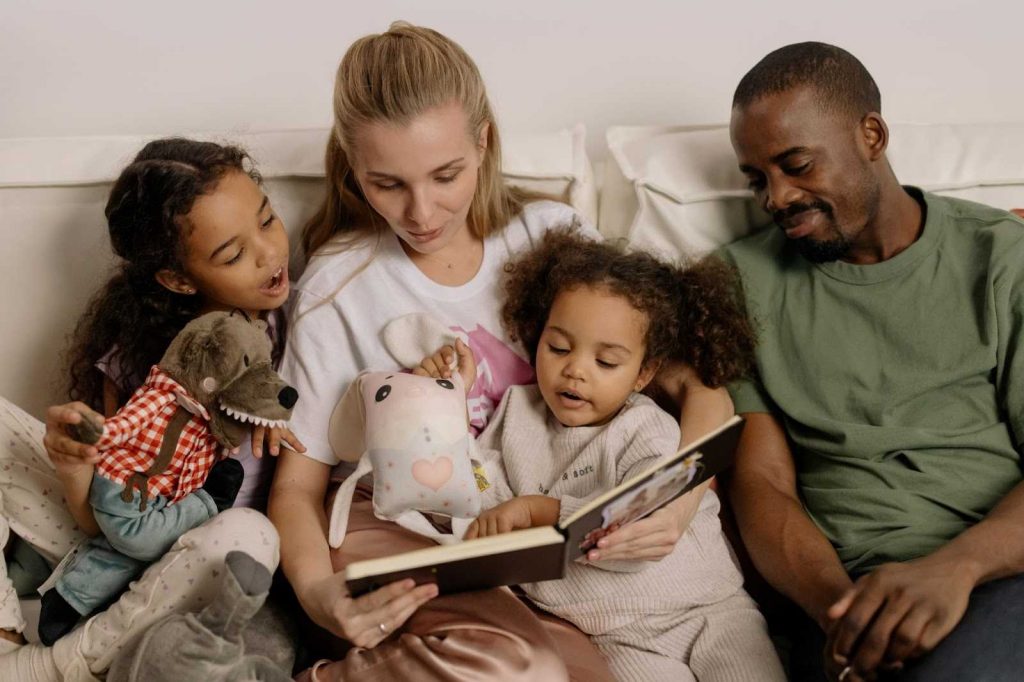
In a race to start young, parents often push their children into reading. ‘Reading is not a race, but a journey to be savored and enjoyed.’ This reminds us that reading readiness is not about rushing children into reading, but about creating an environment where they can develop a genuine love for books at their own pace.
Watch out for these signs of reading readiness:
1. Desire to Read
When your child is interested in reading, it will show. You will find him picking up books, newspapers, or pamphlets to read. They might even ask you to read out their favorite stories. Moreover, an interested child always relates the story’s morals or some specific incidents from the story to the real world. They would often recall the incidents they knew from the story and reiterate them.
Here are the following checkboxes that you consider:
- Your child pretends to read and write
- Your child shows interest in being read to, even if it’s one small story.
- Your child enthusiastically looks forward to read-aloud story time.
- Your child pulls you to the bookstore if he sees a random one at the mall.
If you can tick 3 out of 4 boxes, your child is showing a positive sign.
2. Understand Letter-Sound Correspondence
One of the significant reading readiness skills is the child must have a sound understanding of the alphabet and their sounds. For example, your child should be able to differentiate between k (sound: ‘kay’) and r (sound: ‘aar’). Even if they can’t accurately match, don’t worry! Regular practice will get them there.
Here are the following checkboxes that you may consider:
- Your child recognizes the uppercase and lowercase alphabets
- Your child knows the ‘alphabet song’ by heart.
- Your child can match the letter with their corresponding sounds.
Ticking all three boxes means that your child is getting closer to being ready for reading!
3. Good Listening Comprehension
For kids as young as pre-schoolers, the most suitable way to introduce them to reading is to incorporate regular read-aloud sessions in their schedule. A particular time set for the activity can greatly improve their attention span and listening skills. A child having sound listening comprehension will always participate actively in story sessions- retelling their favorite incidents, answering simple questions about the story, and so much more.
Here are the following checkboxes that you may consider:
- Your child put up questions in between the story sessions.
- Your child remembers the specific incidents from the story.
- Your child enjoys retelling the story in his own words.
- Your child eagerly answers simple questions related to the story.
You know the drill!
4. Print and Book Awareness
As the title suggests, print and book awareness is associated with how a child handles handwritten text. To check whether the child is ready to step into the reading zone, it is important to check the knowledge about basic book details such as the back cover, front cover, title, the etiquette of turning pages, etc. Moreover, the ability of the child to make sense of the meaning through pictures is also a key sign of reading readiness.
Here are the following checkboxes that you will have to consider:
- Your child knows the proper way to hold the book.
- Your child knows the text reading flows from left to right
- Your child understands that books are read from front to back.
- Your child understands the use of spaces in between the words
- Your child (tick, even if partially) understands the use of periods and question marks
- Your child tries to guess the storyline using pictures and illustrations
If your child can fulfill 4 out of 6 requirements, then they are already ready to explore Level 1 in the world of reading.
5. Interest in Rhyming Words
Being the larger part of phonological awareness, the ability of the child to rhyme skilfully can be the next big sign of reading ability. It is recommended to gauge the child’s enthusiasm to read by engaging them with rhymes and rhyming words.
However, it is worth noting that unless a child is not familiar with letter-sound correspondence, he may not be able to comprehend rhymes. If you see something missing in the first stage of phonological awareness, support your child to work on that first and then jump to rhyming words.
Here are the following checkboxes to consider:
- Your child can rhyme; if you say ‘cat,’ he can follow it with another rhyming word, say ‘bat.’
- Your child can separate the words to form the meaning of the sentence
- Your child can join letter sounds to form words, say ‘bee- ay-tee- bat’
- Your child can identify the beginning sound of the word, say ‘ka’ in clap
- Your child can identify the end sound in the word, say ‘p’ in clap
Ticking all five checkboxes is a thumbs-up!
Assessing the Performance: If you were able to tick all the checkboxes except for 2 or 3, it’s a big ‘YES’ that your child is ready for Level 1 of reading. However, if you left 4-5 boxes unticked, don’t worry! You always have the option of working around those with your little ones, and with time, you will surely see improvement.
Related Reading: How to Teach Reading to Kids: 10 Best Strategies for Parents
Building Critical Skills for Reading Readiness
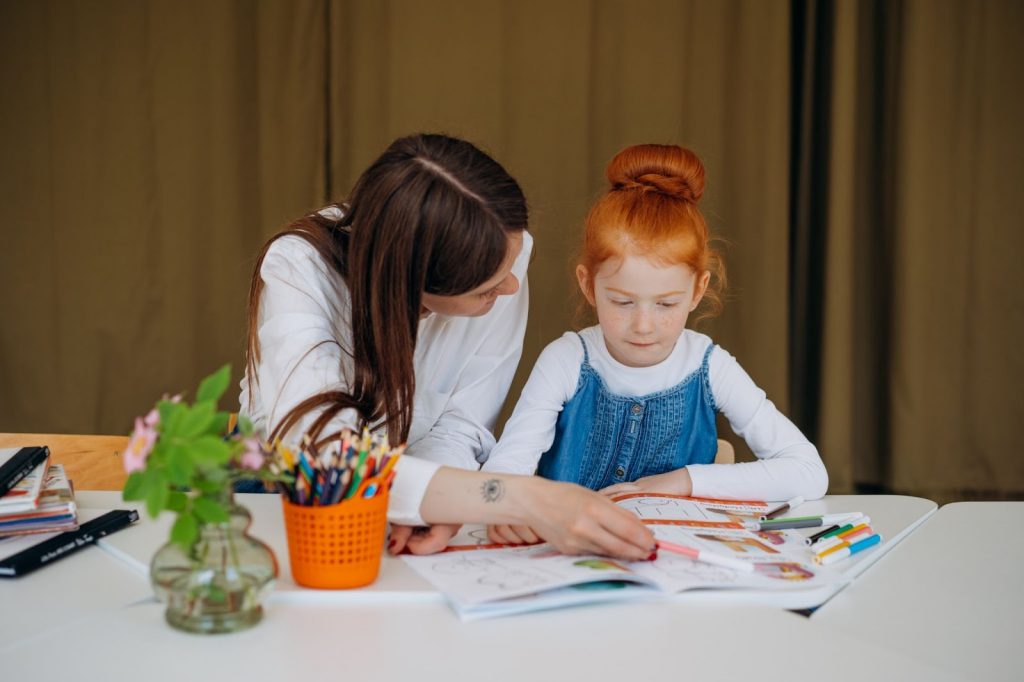
No child has it all, and no parent can give it all. When you start seeking this skill in your children, do not set unrealistic goals for both of you. Instead, try to understand what reading stage your child is in, and then fill him in with the details accordingly. A small but consistent push can help achieve goals smoothly.
Here are a few tips that can help push your child in his reading journey.
1. Read-Aloud Sessions
One of the key practices to improve reading and comprehension in children, read-aloud sessions should be incorporated into the daily schedule. It not only keeps them engaged but motivates them to take up reading themselves.
Moreover, when children hear fluency in reading, they inwardly set a goal to achieve the same fluency. Consequently, you would notice them mimicking your way of reading, trying to make sense of words, engaging with pictures in the book, and so much more. This makes them self-reliant and confident in the long run.
2. Re-Reading Books Together
Set an hourly ‘Me, You & Reading’ time with your child daily to read books together. In fact, it would be great to re-read your child’s favorite book. It will establish a deeper connection between your child and reading, thereby encouraging the love for books.
Moreover, re-reading your child’s favorite will allow him to memorize some parts and retell them in his own words. This will improve their vocabulary and boost their confidence.
Related Reading: Best Vocabulary Games to Play in Your Classroom
3. Rhyme it Up!
Rhyming is an essential skill that drives reading readiness in your little ones. Experts have found that children who are familiar with nursery rhymes often have an easier time learning to read. As parents, you must find opportunities to sing along rhymes with your children.
On top of that, if you can combine them with rhythmic hand movements such as clapping, it can create wonders for your child’s reading journey. When children are familiar with common words like mat – hat; brown – crown; quick – stick, etc., it will help them recognize the pattern while reading. This will magically aid their reading process.
4. Encourage Them 24×7
Young children need more encouragement and support than adults. Besides, a small word of appreciation goes a long way in keeping their morale high. To reiterate, do not pressurize the child to be a part of the marathon. Instead, let them take it as it comes- slowly and steadily.
Since every child is unique, their needs are unique, and so is their ability to grasp. Cherish the time you spend with your little ones, and don’t forget to give them a pat on the back!
5. Make the Lessons Fun
As long as you are adding an element of fun to your child’s reading activities, the lessons will shoot up straight to his head. That goes without saying; you can be mildly strict with study schedules but avoid being too harsh. They say, ‘Be a kid with a kid.’
For example, when you are reading stories to your child, use funny voice overs for certain characters. Or you can make a few goofy moves while rhyming with them. Engage them with activities that are fun and provide fruitful learning at the same time.
Related Reading: How to Set Meaningful Reading Goals for Students in 2023
5 DIY Activities to Develop Reading Readiness
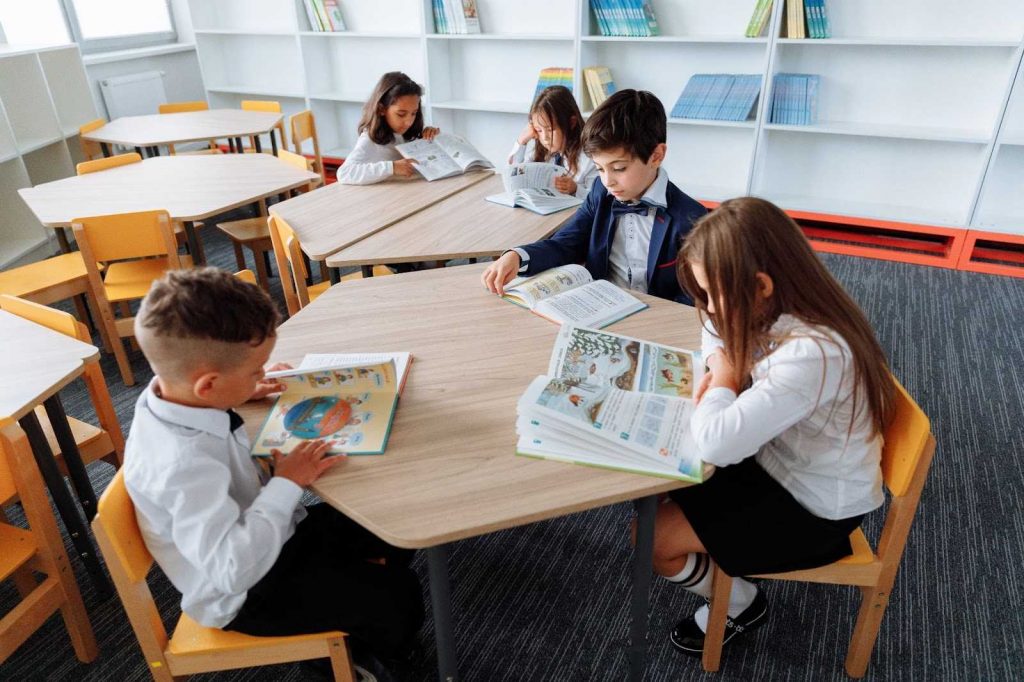
Ah! We are finally at the section that you were waiting for! (And our favorite one so far)
“Children learn as they play. Most importantly, in play, children learn how to learn.”
This quote by O. Fred Donaldson throws enough light on how having a hand in teaching while playing can be wondersome for the little ones. Don’t forget to reward your child after they complete each challenge!
Without much ado, let’s head straight to the reading readiness activities to accelerate your child’s reading journey.
1. Remake a Picture Book
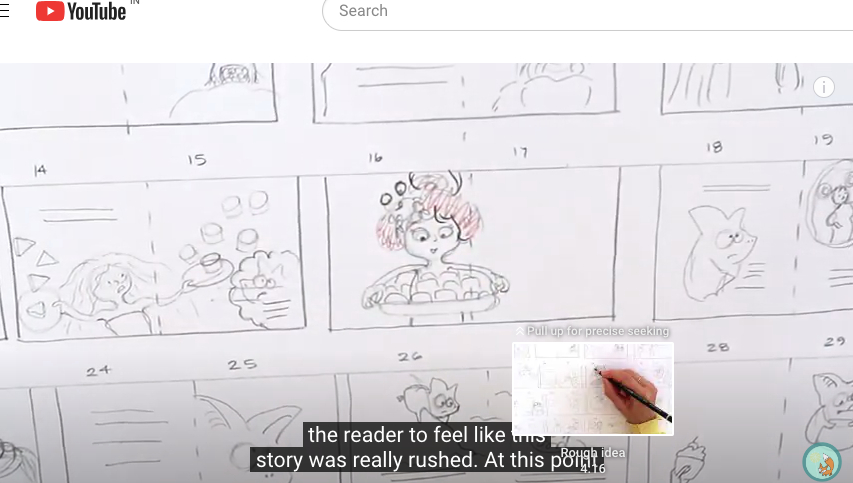
This is an excellent activity to boost the sequencing skills of your little one.
What To Do: Buy a cheaper copy of your child’s favorite storybook. Pull the pages and separate them from the binding. Keep the pages jumbled. Ask your child to recreate the story by putting the pages in sequence.
To make the activity a little more challenging, cut out the paragraph text and then ask your child to put them in sequence.
2. Create a Rhyming Box
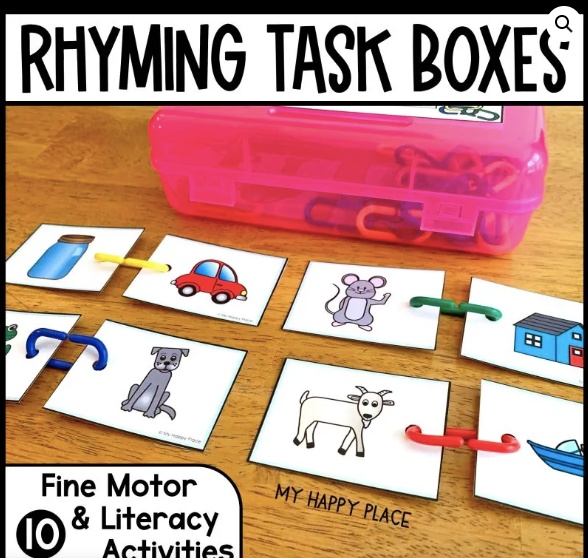
This activity can aid phonological awareness in children by introducing them to different items and their names.
What to Do: Use an old shoebox and cover it with funky paper to make it look more appealing. Choose some items that rhyme, such as a mat – bat; pan – can; bell – shell, etc. Make sure you choose items that have a rhyming pair easily available at home. Put all items in the shoe box and let your child find the rhyming pairs.
3. Engage in Word Games
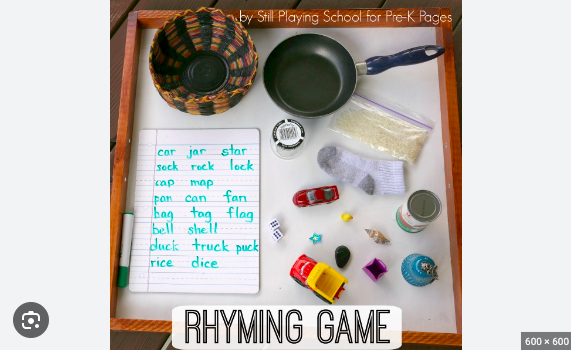
Word Games are a great way to fascinate kids with new words and learn about their meanings and sounds. It enhances their phonological awareness and vocabulary.
What To Do: ‘I Spy’ is a commonly known game that is loved by children and adults alike. It will push the child to observe their surroundings, strengthening their presence of mind. Say, ‘I spy something that starts with M’ and let your child find things around, starting with the alphabet T. Moreover, you can say, ‘I spy something that rhymes with MUG.’ This way, your child will look out for things that rhyme with the word.
4. Memory Cards
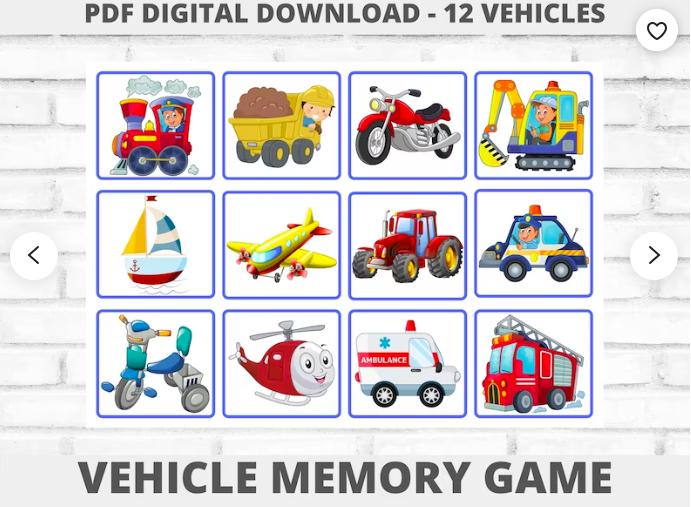
Picture cards or flashcards can be perfect props to sharpen the memory of your child.
What To Do: Get a pack of word or alphabet flashcards, depending on the reading stage that your child is on. Whether you make these at home or purchase the pack, it’s up to you. Show five cards to your child and ask him to remember the sequence. Put the cards upside down, and ask him to repeat the order of the cards orally. You can ask them, ‘What was card number 2, can you tell?’.
You can add your own dimensions of fun to make the activity more interesting.
5. Play with Pictures
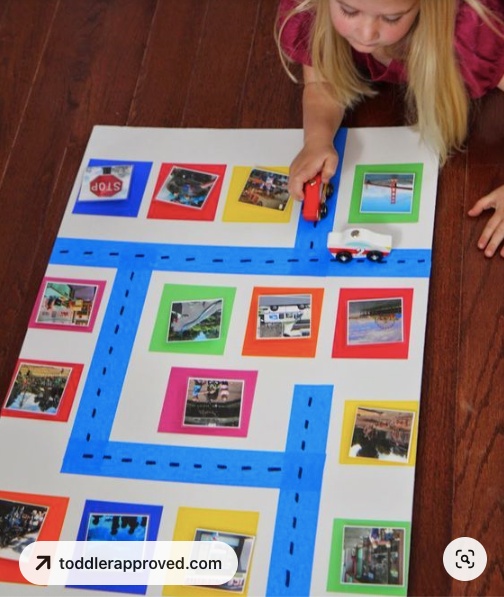
Visual aids such as pictures and illustrations are very beneficial when it comes to bolstering the narrative skills and vocabulary of children.
What To Do: Cut out random pictures from newspapers or magazines. Engage your child by asking him to build a story of his own using the pictures. Keep sprinkling small cues and hints, and wait for your little one to narrate a masterpiece.
Related Reading: Best Reading Apps for Kids: How to Use Screens For Stories
Towards a Bright Future for Your Child…
Developing reading readiness in children is a long-term process and not a one-time effort. It requires consistent, breezy, yet effective techniques to reach the goal. We hope you must have got an idea ( little, if not much) to project your child’s reading journey for their better future ahead.
Frequently Asked Questions (FAQs)
Which resources should I use to prepare my kid for reading?
Stick to one or two internet guides to begin the journey. Use storybooks, preferably ones with included reading activities. Simple discussions and cue sharing in daily life can be of great help.
What causes reading readiness deficiency in a child?
To overcome reading challenges, use personalized approaches such as focused practice, support, and creating a positive reading atmosphere.
How do you help your child overcome reading difficulties?
Overcoming reading difficulties involves personalized strategies, like targeted practice, reading support, and fostering a positive reading environment.
























